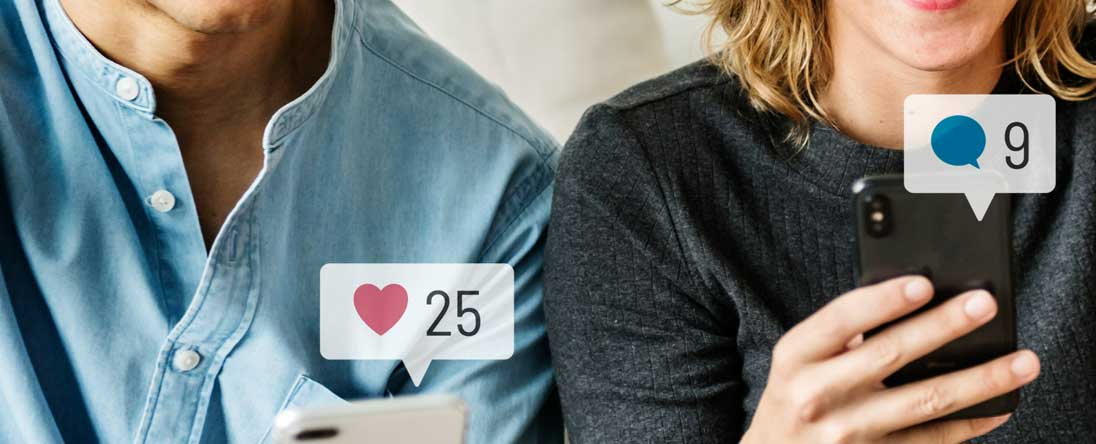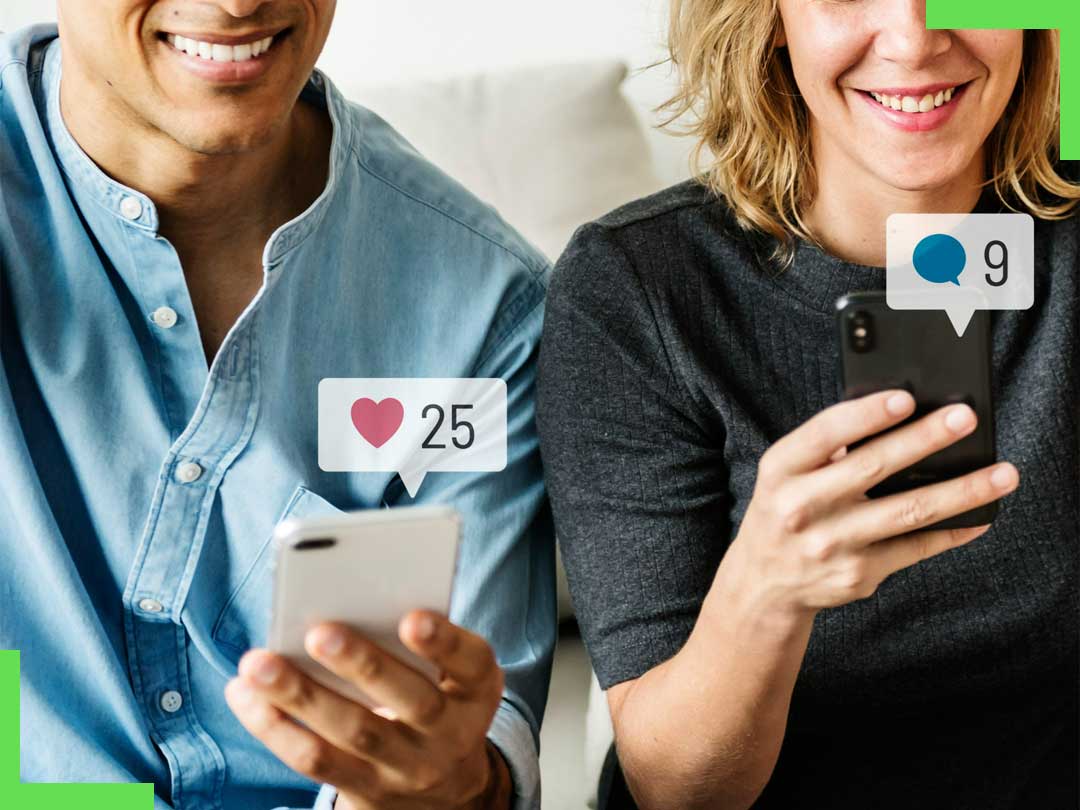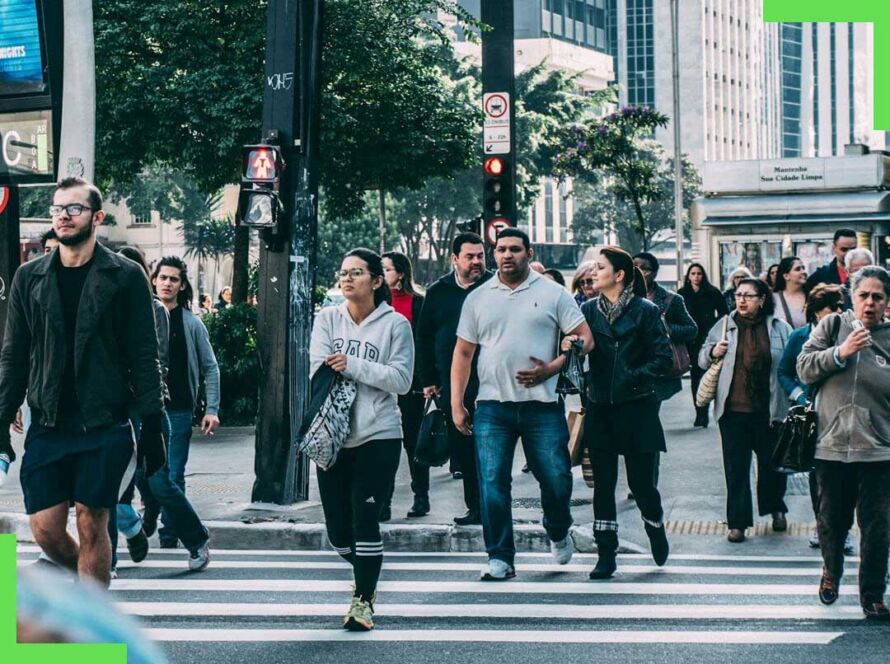
Social media is evolving faster than ever, and marketers need up-to-date, reliable data to decide where to focus their time, budget, and creativity. This article compiles secondary research from top industry reports published within the past 12 months to reveal the latest benchmarks and trends shaping social media engagement in 2025.
We explore platform-specific engagement rates, top-performing content formats, influencer and creator trends, the rising role of AI, the challenges and opportunities ahead, and actionable recommendations for marketers navigating this shifting landscape.
With the speed of recent technological advancements, marketers are under even more pressure to keep up with changes. If you’re in marketing, these are the social media trends for 2025 you need to know.
Platform-Specific Engagement Benchmarks
According to Rival IQ’s 2025 Social Media Benchmark Report, Instagram’s median engagement rate per post has declined slightly to 0.55%, down from 0.68% the previous year. Facebook, on the other hand, holds steady at a median engagement rate of 0.07%, reflecting the platform’s maturity but also its ongoing decline in organic reach. Twitter (now called X) continues its slide, dropping from a 0.04% median engagement rate to just 0.03%.
In contrast, TikTok continues to dominate, boasting a median engagement rate of 4.1%, making it the clear platform leader. For B2B marketers, LinkedIn is the standout, with average organic post engagement rising slightly to 1.2%, up from 1.1% the year before.
What does this tell us? While TikTok offers massive engagement opportunities, especially for consumer brands, LinkedIn is increasingly valuable for B2B audiences, offering consistent and meaningful interactions. Instagram, though still strong, is showing the effects of algorithmic shifts, with declining organic reach that forces brands to rethink their content strategies.
Marketers should focus efforts on the platforms where their audience naturally engages and avoid overextending across channels delivering weak returns. As Rival IQ’s report suggests, identifying the right engagement-to-effort ratio is critical for maximising ROI.
Top-Performing Content Formats
The HubSpot Social Media Trends Report 2025 highlights that short-form video, especially on TikTok, Instagram Reels, and YouTube Shorts, continues to deliver the highest engagement across nearly all industries. In fact, audiences are consistently drawn to dynamic, visually engaging clips that deliver entertainment, education, or inspiration within seconds.
Carousels on Instagram and LinkedIn are also outperforming single-image posts by approximately 1.6 times, according to HubSpot. This format, which invites viewers to swipe through a sequence of visuals or insights, holds attention longer and encourages deeper interaction. Meanwhile, memes, humorous content, and behind-the-scenes posts remain highly shareable, particularly among Gen Z audiences, who prize authenticity and relatability.
Interestingly, educational content such as how-to guides, tutorials, and thought leadership posts are gaining traction, especially on platforms like LinkedIn and Instagram. Marketers can capitalise on this trend by packaging high-value insights into bite-sized, engaging formats tailored for social consumption.
A practical approach for brands is to repurpose their best-performing blog or long-form content into snackable social formats – turning a comprehensive article into a carousel or a short-form explainer video. Doing so not only amplifies reach but also maximizes the lifespan of existing content assets.
Influencer & Creator Trends
Influencer Marketing Hub’s 2025 Influencer Marketing Benchmark Report reveals that influencer marketing remains on an upward trajectory. An impressive 89% of marketers report that the ROI from influencer campaigns is either comparable to or better than other marketing channels, reinforcing influencers’ role as key partners in driving engagement.
Notably, nano-influencers (those with 1,000–10,000 followers) deliver the highest engagement rates, often exceeding 4%, compared to macro-influencers, who average around 1.2%. This underscores a growing industry shift away from vanity metrics like follower counts and toward authenticity and niche relevance.
Another key development is the rise of long-term influencer partnerships. Brands are increasingly moving away from one-off sponsored posts, instead opting for extended collaborations that foster trust and build authentic connections with audiences over time. This approach not only deepens engagement but also strengthens brand recall. For marketers, the recommendation is clear: prioritise micro- and nano-influencers whose values align with the brand and who genuinely resonate with their audience. Building structured, long-term campaigns, along with tracking clear performance metrics, will deliver stronger returns than simply chasing high-reach creators.
The Role of AI in Social Media Engagement
Artificial intelligence is rapidly transforming social media strategy and execution. According to Sprout Social’s 2025 Social Media Trends Report, 66% of marketers now use AI tools to assist with social media tasks, including scheduling posts, writing captions, and analyzing performance data.
AI-driven social listening is helping brands monitor sentiment, track conversations, and identify emerging trends in real time. This enables marketers to stay ahead of cultural shifts and audience expectations, ensuring that campaigns remain relevant and timely. Additionally, AI-assisted personalization is improving the delivery of relevant content, which directly boosts engagement rates by aligning posts with individual user interests.
However, AI is not a replacement for human creativity. The most successful brands combine AI-powered automation with a distinctive, authentic brand voice that resonates emotionally with their audience. Marketers should view AI as a strategic enhancer – a tool that frees up time and provides insights, allowing creative teams to focus on crafting compelling narratives.
Looking for that perfect combination of the speed of AI and the creativity of a human? Ask about our content solutions.
Challenges & Opportunities in 2025
Despite exciting new tools and platforms, marketers face a range of challenges in 2025. One of the biggest hurdles is the steady decline in organic reach, particularly on mature platforms like Instagram and Facebook. Algorithm updates have made it harder for brands to reach their audiences without paid promotion, forcing many to rethink their organic content strategies.
Another challenge is audience fragmentation. With users spread across multiple platforms, including emerging networks like BeReal and Threads, as well as private communities on Discord or Slack, it’s increasingly difficult to capture and maintain attention in one place.
At the same time, consumers are demanding greater authenticity and transparency from brands. This means marketers must avoid overly polished, sales-driven content and instead focus on building genuine connections and conversations.
Yet, these challenges also create opportunities. Early adopters of emerging platforms can gain a competitive advantage by engaging audiences before the space becomes saturated. Private communities, meanwhile, offer a chance for deeper, more meaningful engagement with dedicated fans or customers. And with the help of AI-driven trend prediction, brands can proactively adjust their strategies and capitalise on upcoming shifts before competitors do.
Recommendations for Marketers
To succeed in 2025, marketers should focus on a few critical priorities. First, prioritise platforms that offer the best engagement-to-effort ratio. For B2C brands, this often points toward TikTok; for B2B brands, LinkedIn remains the top contender.
Next, invest in short-form video and carousel posts, which continue to outperform static formats. These content types align with current audience consumption habits and can significantly boost organic reach when executed well.
Third, leverage the power of nano- and micro-influencers. Their smaller but highly engaged audiences can deliver stronger campaign results, especially when supported by authentic storytelling and long-term partnerships.
Fourth, integrate AI tools into your workflow, using them for automation, content optimization, and trend analysis. However, maintain a balance by ensuring that human creativity shapes the brand’s voice and messaging.
Finally, marketers must commit to continuous testing and adaptation. By regularly analyzing performance data, experimenting with new formats and platforms, and staying informed on emerging trends, brands can remain agile and competitive.
Winning in Social Media Engagement in 2025
Social media in 2025 is a dynamic, fast-moving landscape shaped by shifting algorithms, evolving audience preferences, and rapid advances in technology. Brands that prioritize data-driven insights, build authentic relationships, and remain flexible in their strategies will be best positioned to succeed.
By focusing efforts on the right platforms, experimenting with engaging formats, partnering with trusted creators, and harnessing the power of AI, marketers can turn social media from a time-consuming challenge into a powerful growth engine.
For tailored advice on developing your brand’s social media performance, contact us and let’s explore how we can help you achieve your engagement goals in 2025 and beyond.





